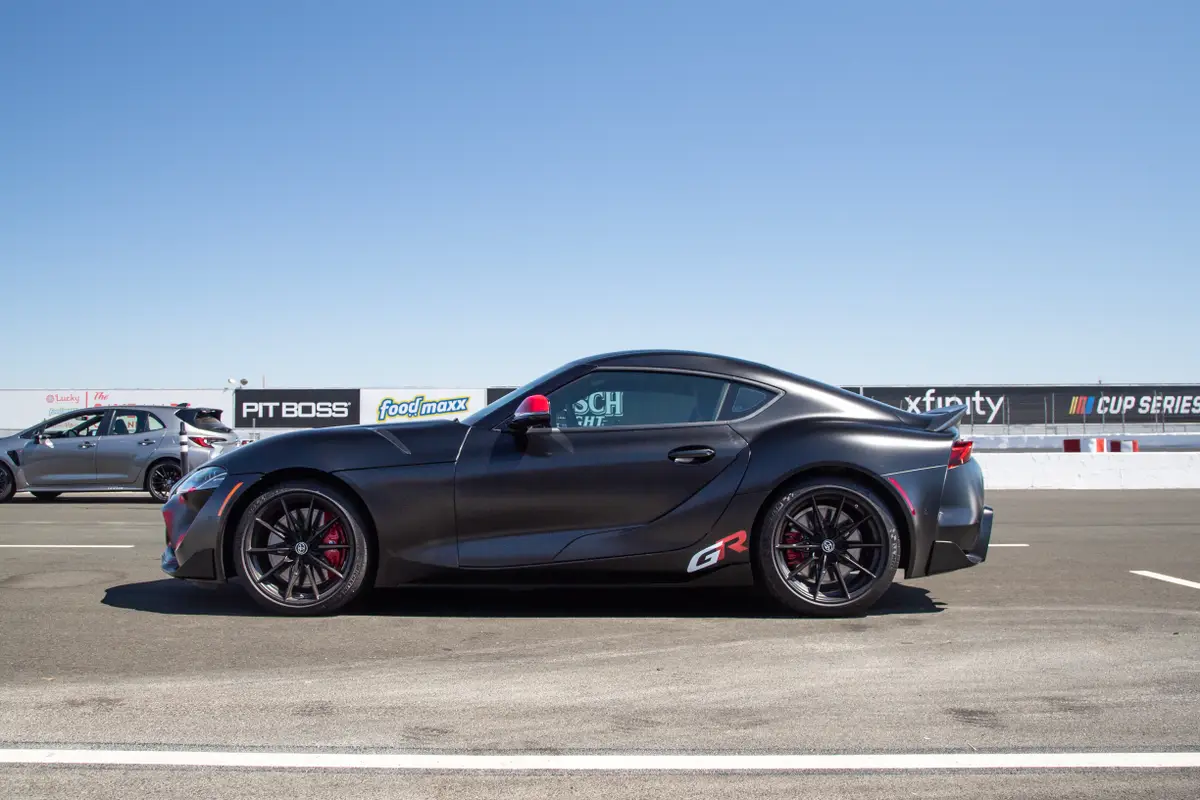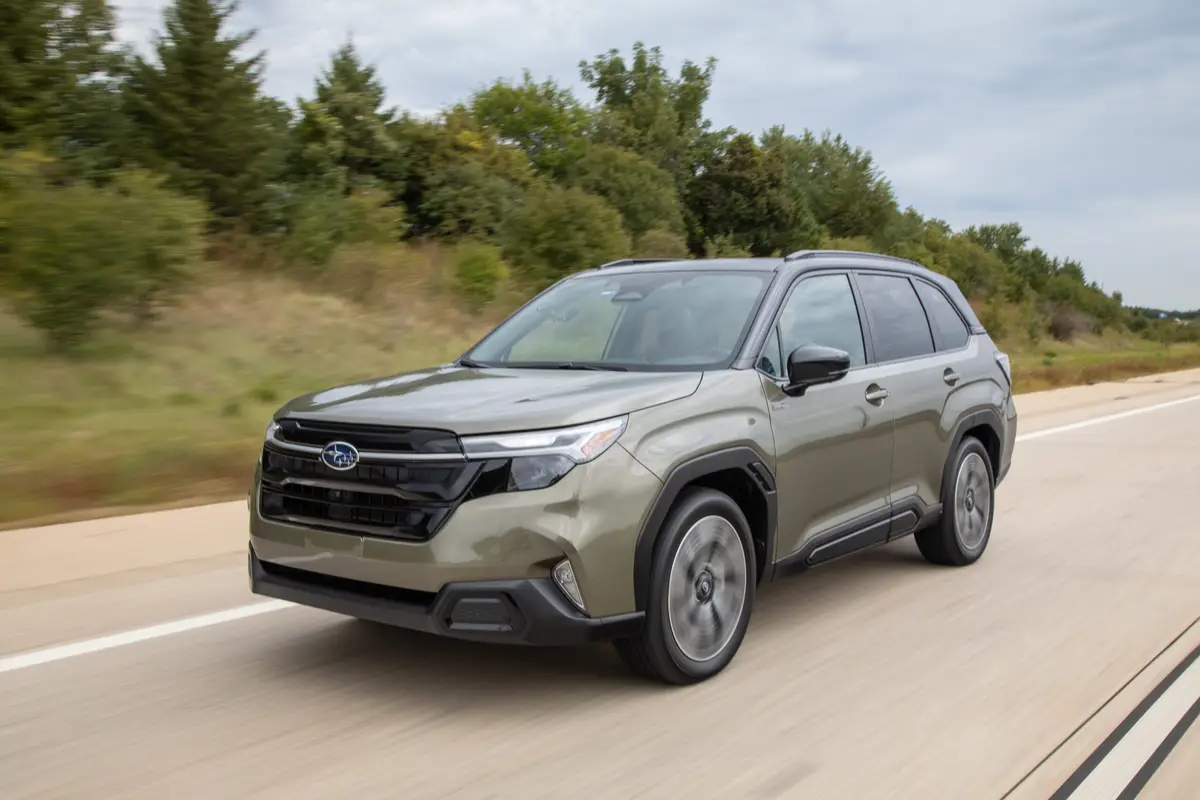What to Know About the Rising Cost of Destination Charges

Key Points
- Destination charges have been steadily rising, with year-over-year increases of 9.1% for mass-market brands (such as Toyota, Hyundai and Ford) and 7.5% for luxury brands.
- Automakers are citing outside forces such as tariffs and increased costs related to manufacturing as a need for these costs to rise.
From insurance costs to fuel, it seems as though all of the costs associated with buying and owning a car are rising. One of the fastest rising costs associated with buying a car is probably something you’ve never really paid attention to: destination charges. So, what’s driving the increase?
Related: If Tariffs Increase Car Prices, How Else Can You Save Money?
What Are Destination Charges?
Key Takeaways:
- Automakers charge consumers for what it costs them to ship vehicles from their factories to dealerships.
- That charge typically stays the same no matter the distance or even if you opt for a factory delivery experience for your vehicle.
The destination charge (also sometimes referred to as destination and handling) is a charge that automakers add to the price of a vehicle to cover its transport from the factory to the regional distribution center and then to the dealership. Before you start thinking it’s something that can be removed, know that it’s a non-negotiable fee baked into the price of a vehicle. While not technically a hidden cost, automakers do make it a point to not advertise vehicle prices with destination charges included, most of the time in the name of marketing.
For example, Ford advertises a base price under $40,000 for the base trim of the 2025 Bronco. But the automaker conveniently leaves out that the base price of $39,995 is just $5 off $40,000 and that it’s charging an additional $1,995 for destination. In defense of Ford and other automakers, there’s usually an asterisk or disclaimer attached to these prices that briefly explains the price being shown doesn’t include things like taxes and the destination or delivery charge, but it’s still something more buyers should pay attention to.
Destination charges also don’t usually change based on location, though sometimes it may be higher for those in Alaska or Hawaii. Take a Chevrolet Corvette buyer who’s fortunate enough to option for the factory delivery experience in Bowling Green, Ky.: Despite the buyer picking up their car at the factory, they still have to part with the same $1,995 destination charge as a buyer who’s thousands of miles away from the factory and buying their car at the dealer.
Destination Charges Have Been Rising Fast
Key Takeaway:
- Destination charges have been rising steadily since the pandemic, with the biggest increases seen in individual brands such as Alfa Romeo or vehicle classes such as pickup trucks and large SUVs.
Destination charges have been rising industry-wide for years. But from January to September 2025, destination charges have risen 3.6% for mass-market brands, such as Toyota, Ford and Hyundai. Luxury brands, including Mercedes-Benz, Volvo and Audi, have seen an even steeper 7.7% increase. This rise is most noticeable when looking at overall vehicle classes, too. Year over year, cars have seen the smallest destination charge increase at 4.9%. This is followed by minivans at 5.2%, and vans and SUVs at 6.2% and 6.3%, respectively. The biggest change? Pickup trucks: Year over year, automakers increased destination charges on pickups 15.2%.
These changes vary when looking at certain brands and their respective models. Italian brands Alfa Romeo and Maserati both have the highest destination charges in the industry and also — in the case of Alfa — the highest single increase. Maserati charges a whopping $3,995 for destination and handling on the MC20 and MCPura supercar. Alfa Romeo charges an equally large $3,250 for destination on all three of its models. What’s worse is that Alfa Romeo’s destination charge has increased nearly 63%; previously the charge was $1,995. Thankfully incentives can help take a nice chunk out of that.
Mitsubishi is an outlier when it comes to mass-market brands. The automaker recently hiked its destination charges 8.5%. Now, despite Mitsubishi selling some of the cheapest cars on the market with models like the Eclipse Cross and Outlander Sport, buyers will have to shell out $1,745 for destination.
You can’t ignore that aforementioned year-over-year increase when looking at large SUV and truck models individually, either, as both classes have some of the highest destination charges in the industry. Models like the regular and HD versions of the Chevy Silverado, GMC Sierra and Ford F-Series, as well as the Cadillac Escalade, GMC Yukon and Ford Expedition, all have a destination charge of $2,595.
Surprisingly, you’ll find the lowest destination charges at BMW. Despite some other luxury brands raising their charges, BMW charges just $1,175 for destination & handling across its lineup, which is an increase from the $995 it charged for most of its core models for 2025.
Read More Finance Advice on Cars.com:
- How Many Years is 72 Months? (For Most Car Shoppers, Too Many)
- Is Buying a Car Tax-Deductible?
- How to Buy a Car, According to Cars.com Experts
- Should You Take on a 72- or 84-Month Car Loan?
- How Much Is the Average Car Repair Bill?
What Automakers and Experts Are Saying
Key Takeaways:
- Automakers are saying that these increased fees are just a normal part of doing business as the costs associated with manufacturing and shipping vehicles continues to rise.
- Industry analysts think more is going on, with some saying that automakers are profiting from the increase in these destination charges.
Automakers are all saying the increases for destination charges is business as usual. We reached out to GM, Ford, Alfa Romeo and Mitsubishi to get answers regarding what’s going on with their destination charges. Ford didn’t immediately respond to our inquiry. Alfa Romeo spokesperson Ron Kiino said the price increase “reflects current market realities.” He added that ultimately what matters to buyers is not any one single factor of the vehicle price, but the total price of the car.
GM’s Jim Cain said that while the company doesn’t normally discuss how the automaker approaches pricing actions, GM’s business operations adjust pricing as needed based on “multiple factors like the trade environment, content, cost, and supply and demand.” He said the fee that buyers see on the window sticker is what it costs to ship the vehicle and that it’s adjusted as needed to stay in line with the rest of the industry.
Mitsubishi’s Jeremy Barnes said the automaker had to increase its destination charge because its vehicles are imported from Japan and therefore subject to tariffs:
“Because all of our vehicles are imported from Japan, the destination and handling fee reflects the costs involved in international transport and logistics. These costs — spanning shipping, port operations, inland delivery and related operational considerations — are shaped by large-scale contracts that depend heavily on volume.”
Barnes also said that like other automakers, Mitsubishi has seen these costs continue to rise since the pandemic, with no signs of that upward trend changing anytime soon. “Our pricing structure represents these realities,” he said.
Despite the automakers saying this is just how the industry is, some industry experts aren’t buying it. Sam Fiorani at industry data analytics firm AutoForecast Solutions said that given the increases, it seems automakers are trying to make up for rising costs elsewhere and may be profiting off these fees. “Something isn’t adding up,” he said. One place you can see this is in the increase in truck and SUV destination charges; buyers of these vehicles are usually OK with the higher cost associated with these vehicles and may be more willing to absorb them than with vehicles in other segments.
So, what does all of this mean for buyers? The best thing that most buyers can do is to pay attention to all costs associated with the vehicle. And while you may want to focus on that monthly or down payment, the most important number to any buyer is going to be the final out-the-door price, which includes the destination fee.
Cars.com’s Editorial department is your source for automotive news and reviews. In line with Cars.com’s long-standing ethics policy, editors and reviewers don’t accept gifts or free trips from automakers. The Editorial department is independent of Cars.com’s advertising, sales and sponsored content departments.
Featured stories




